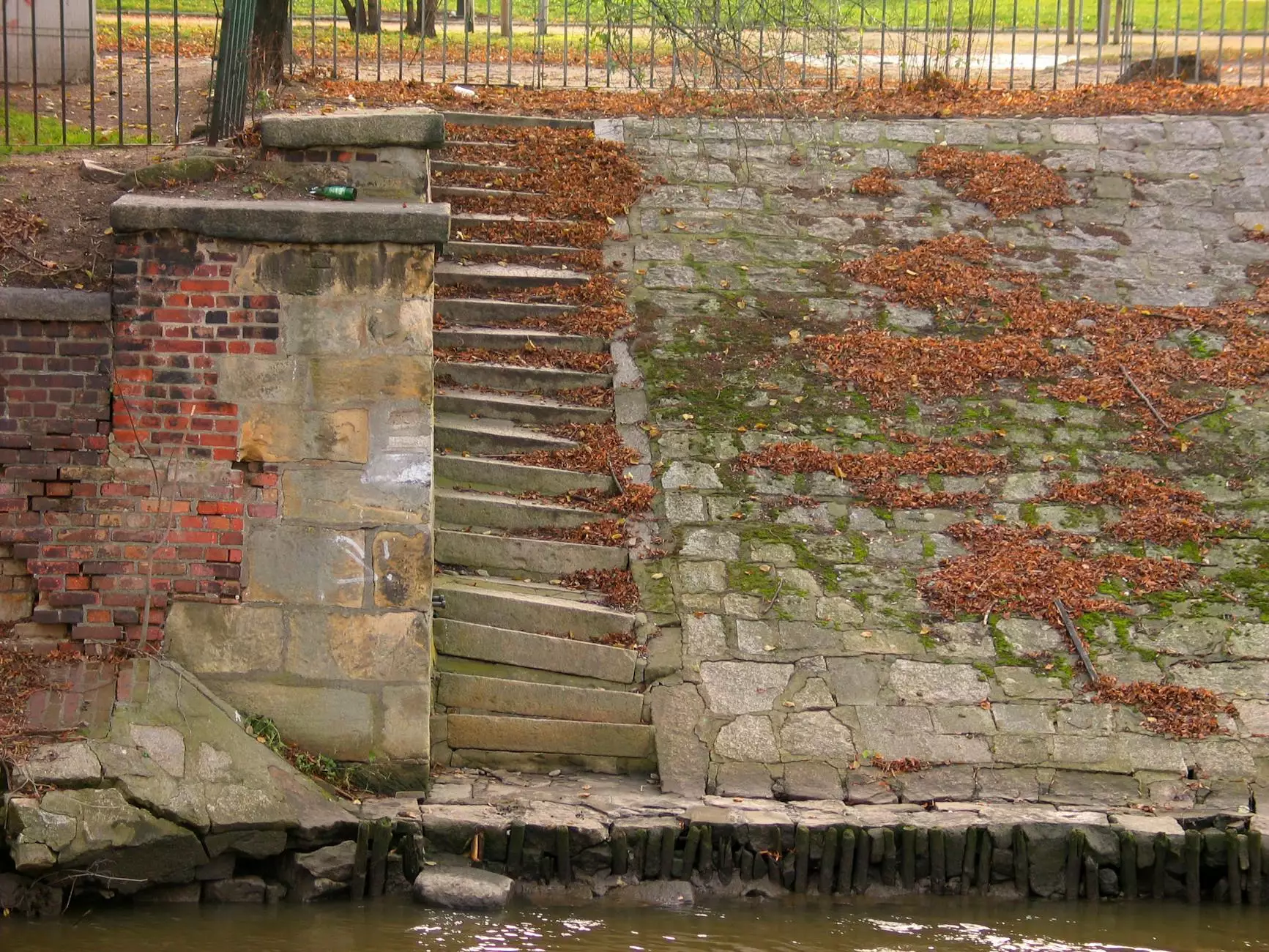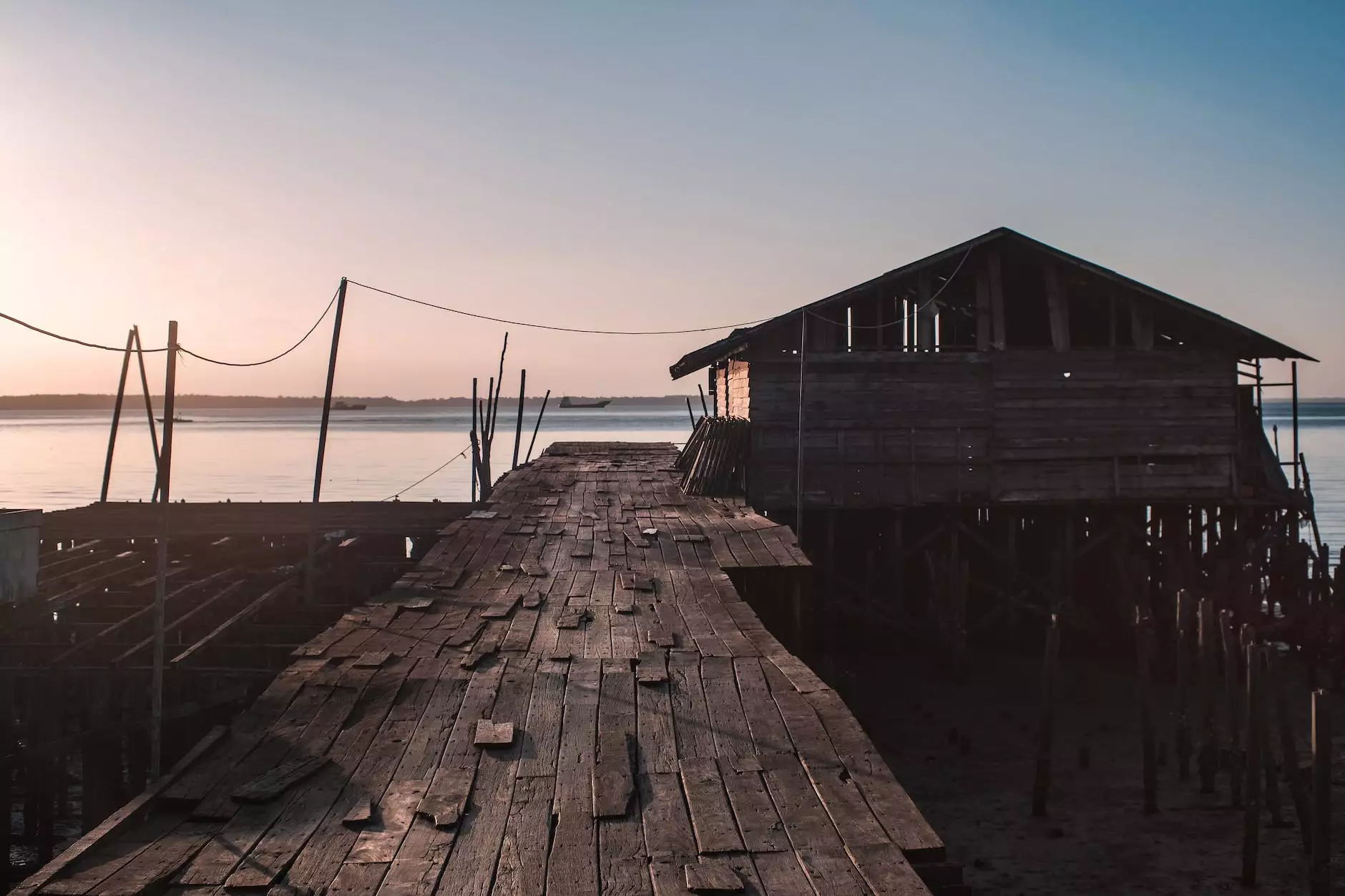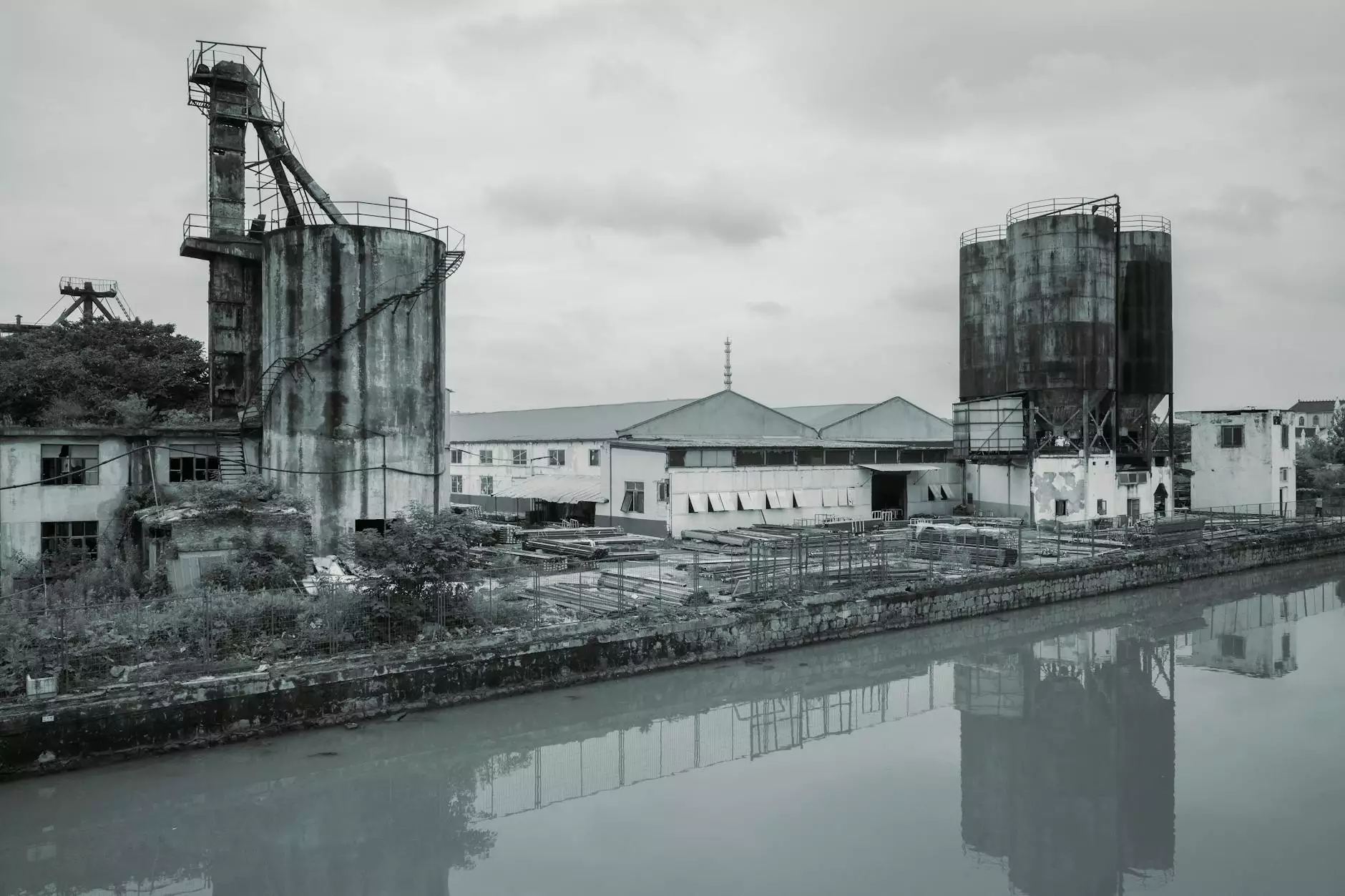Welcome to Lightning Water Damage - Expert Water Damage Restoration in Tampa, FL
Looking for professional water damage restoration services in Tampa, FL? Lightning Water Damage is here to help. With our team of highly skilled professionals and state-of-the-art equipment, we provide top-quality restoration services to both residential and commercial properties.

Why Choose Lightning Water Damage?
As a leading provider of water damage restoration in Tampa, FL, Lightning Water Damage sets itself apart from the competition in several ways. We understand the urgency and stress associated with water damage incidents, which is why we prioritize quick response times and efficient solutions. Our dedicated team works tirelessly to restore your property to its pre-damage condition, ensuring your peace of mind throughout the process.

Comprehensive Water Damage Restoration Services
At Lightning Water Damage, we offer a wide range of services to address various water damage situations:
1. Water Damage Restoration
Our skilled technicians are equipped with the knowledge and expertise to handle water damage of any scale. Whether it's a burst pipe, flooding, or a leaky roof, we can restore your property to its original condition. We use advanced drying techniques, dehumidifiers, and specialized equipment to eliminate excess moisture and prevent further damage.
2. Fire and Water Restoration
In the unfortunate event of a fire, Lightning Water Damage offers comprehensive fire and water restoration services. Our team is trained to handle fire damage, smoke damage, soot removal, and water damage resulting from firefighting efforts. We work efficiently to minimize further damage and restore your property to its pre-fire state.
3. Mold Remediation
Excess moisture and water damage can lead to mold growth, which can pose serious health risks. Our certified mold remediation specialists use advanced techniques to identify and safely remove mold from your property. We also address the underlying moisture issues to prevent future mold growth.

State-of-the-Art Equipment and Techniques
At Lightning Water Damage, we believe in using the best tools and techniques to deliver exceptional results. Our team is equipped with state-of-the-art equipment, including powerful water extraction machines, industrial-grade dehumidifiers, and specialized drying equipment. We stay up-to-date with the latest advancements in the industry to ensure efficient and effective restoration.
Customer Satisfaction Guaranteed
We prioritize customer satisfaction and aim to exceed your expectations with our services. Our team of professionals is dedicated to providing prompt, reliable, and courteous service. We understand the importance of open communication and will keep you informed throughout the restoration process.
Contact Lightning Water Damage Today
If you require water damage restoration, fire and water restoration, or mold remediation services in Tampa, FL, look no further than Lightning Water Damage. We are available 24/7 to handle emergency situations and provide immediate assistance. Contact us now to speak with one of our knowledgeable representatives and get your property on the path to recovery.
Keywords:
- Water Damage Tampa FL
- Lightning Restoration of Tampa Bay
- Water Damage Restoration Tampa FL
- Water Damage Restoration Tampa
- Water and Fire Restoration Tampa
- Tampa Fire and Water Restoration
- Water Damage Tampa
- Tampa Water Damage
- Tampa Water Damage Restoration
- Tampa Water Spill
- Mold Remediation Brandon FL
Mold Remediation Pompano Beach | Water Damage - Lightning Water Damage
Seeking professional mold remediation and water damage services in Pompano Beach? Trust Lightning Water Damage for expert solutions. Contact us today!
Continue reading

About Lightning Water Damage
Learn more about Lightning Water Damage, a leading business in the Business and Consumer Services - Cleaning industry. Find detailed information about our services and our commitment to delivering top-quality results to our valued clients. Contact us today for all your water damage restoration needs.
Continue reading
